The Acropolis Museum, Athens
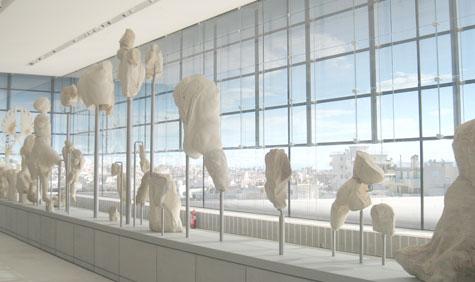
It’s impossible to over-emphasize just how important the newly built Acropolis Museum is to the Greek people. Suffice to say that on approaching the brand new £110 million construction my companion for the day, Tina Daskalantonaki, owner of Athen’s King George Hotel, was in tears.
Opening five years behind schedule, the Acropolis Museum is situated on the sacred rock East of the Parthenon and houses the greatest sculptural treasures of the ancient world including works from the temple of Athena Polias on the Acropolis and parts of the Parthenon by Phidias.
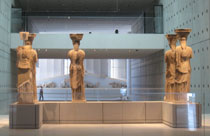
Have a look round the brand new £110 million Acropolis Museum
Designed by Swiss American architect Bernard Tschumi, the glass, concrete and steel building is impressive enough from the outside. But, as you move through the courtyard to the entrance, the real strengths of the building become clear.
A glass floor, allowing a bird’s eye view of the recently excavated remains of the merchant city of Athens beneath, leads you into the building and onto the ground level past glass lined walls behind which stand 2,500 year old vases and sculptures.
On the first floor is the towering Archaic gallery. Marble sculptures on open plinths sparsely populate the area like patrons of an unsuccessful nightclub while the glass cases that usually surround such priceless artifacts are conspicuous by their absence.
The space is defined by dove grey brushed concrete pillars and walls, geometric overhead light panels and stainless steel wall cabinets while massive windows allow great gobs of natural light to flood the area. It is the perfect setting for the museum’s artifacts.
Wallpaper* Newsletter
Receive our daily digest of inspiration, escapism and design stories from around the world direct to your inbox.
And then there’s the glorious top floor which houses what is left of the Parthenon’s sculptures and friezes floor not chiseled off or ‘rescued’ by Lord Elgin, between 1801 and 1812, and hauled to the British Museum. In their place the Acropolis Museum, maybe in an effort to bring the British government to task, has placed the rather substandard plaster cast replicas - sold to them after independence in the 1840s by the British Museum - next to their originals.
The British Museum has long maintained that Greece had no proper place to put the ‘Elgin’ Marbles. The Acropolis Museum is a serious challenge to those claims.
ADDRESS
15 Dionysiou Areopagitou Street
Athens 11742
-
 Japan in Milan! See the highlights of Japanese design at Milan Design Week 2025
Japan in Milan! See the highlights of Japanese design at Milan Design Week 2025At Milan Design Week 2025 Japanese craftsmanship was a front runner with an array of projects in the spotlight. Here are some of our highlights
By Danielle Demetriou
-
 Tour the best contemporary tea houses around the world
Tour the best contemporary tea houses around the worldCelebrate the world’s most unique tea houses, from Melbourne to Stockholm, with a new book by Wallpaper’s Léa Teuscher
By Léa Teuscher
-
 ‘Humour is foundational’: artist Ella Kruglyanskaya on painting as a ‘highly questionable’ pursuit
‘Humour is foundational’: artist Ella Kruglyanskaya on painting as a ‘highly questionable’ pursuitElla Kruglyanskaya’s exhibition, ‘Shadows’ at Thomas Dane Gallery, is the first in a series of three this year, with openings in Basel and New York to follow
By Hannah Silver
-
 The Yale Center for British Art, Louis Kahn’s final project, glows anew after a two-year closure
The Yale Center for British Art, Louis Kahn’s final project, glows anew after a two-year closureAfter years of restoration, a modernist jewel and a treasure trove of British artwork can be seen in a whole new light
By Anna Fixsen
-
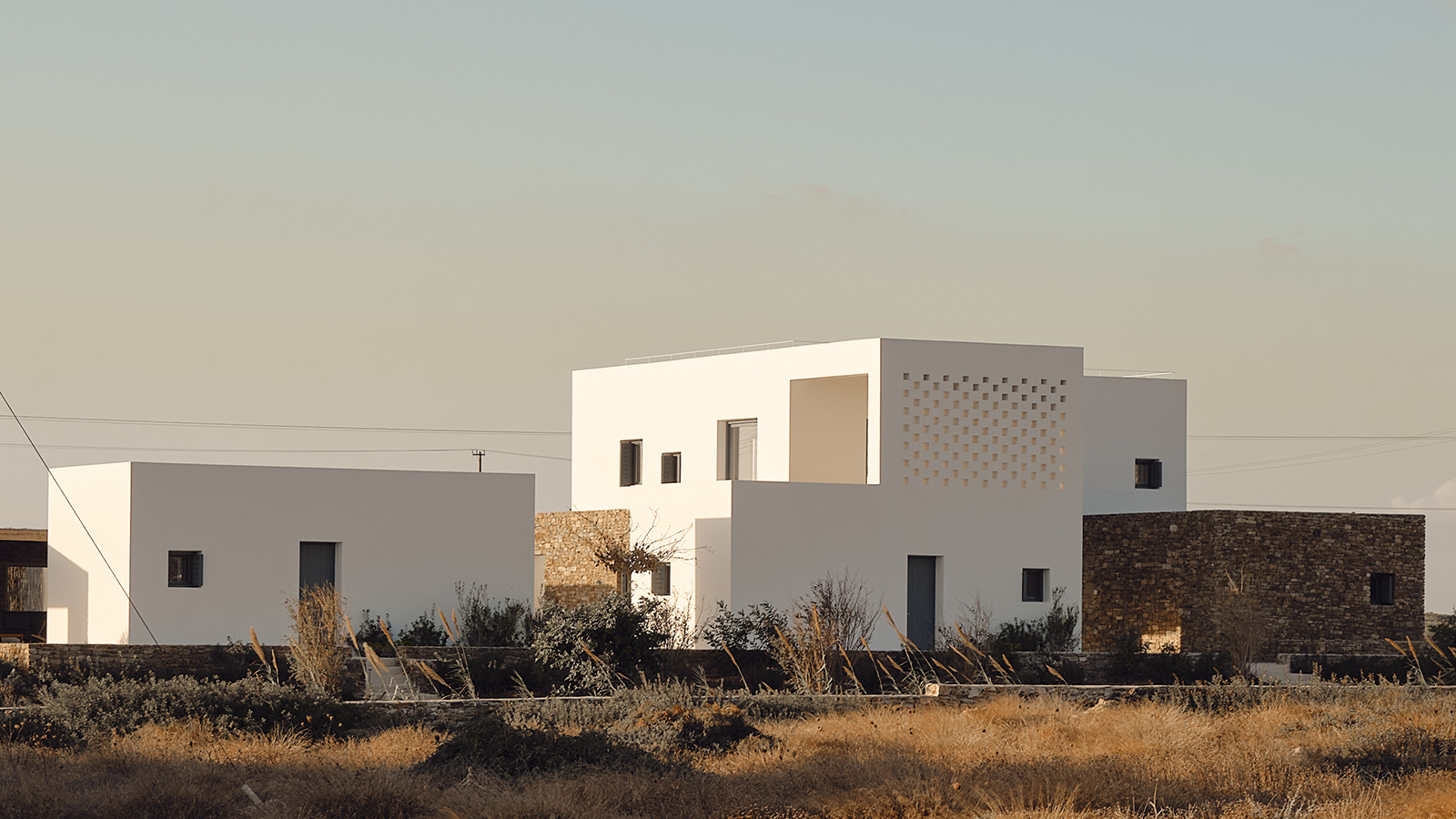 A retro video game is the unlikely inspiration for this island house in Greece
A retro video game is the unlikely inspiration for this island house in GreeceDesigned by ARP, this island house on Antiparos is a contemporary Cycladic home inspired by Tetris
By Tianna Williams
-
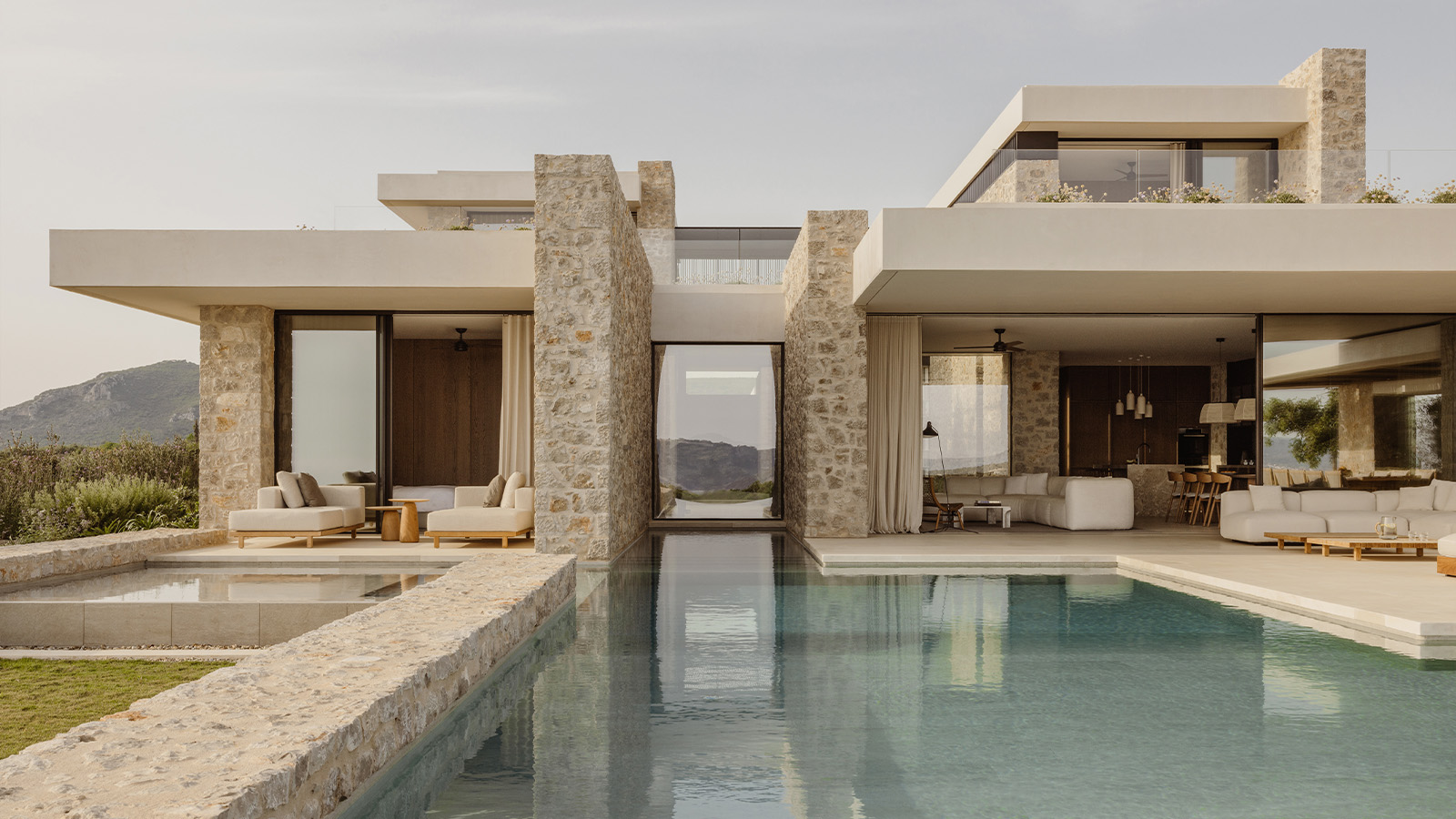 A Costa Navarino house peeks out from amidst olive groves to ocean views
A Costa Navarino house peeks out from amidst olive groves to ocean viewsThis Greek holiday residence designed by K-Studio balances timeless design principles with modernist touches
By Tianna Williams
-
 You’ll soon be able to get a sneak peek inside Peter Zumthor’s LACMA expansion
You’ll soon be able to get a sneak peek inside Peter Zumthor’s LACMA expansionBut you’ll still have to wait another year for the grand opening
By Anna Fixsen
-
 NYC's The New Museum announces an OMA-designed extension
NYC's The New Museum announces an OMA-designed extensionOMA partners including Rem Koolhas and Shohei Shigematsu are designing a new building for Manhattan's only dedicated contemporary art museum
By Anna Solomon
-
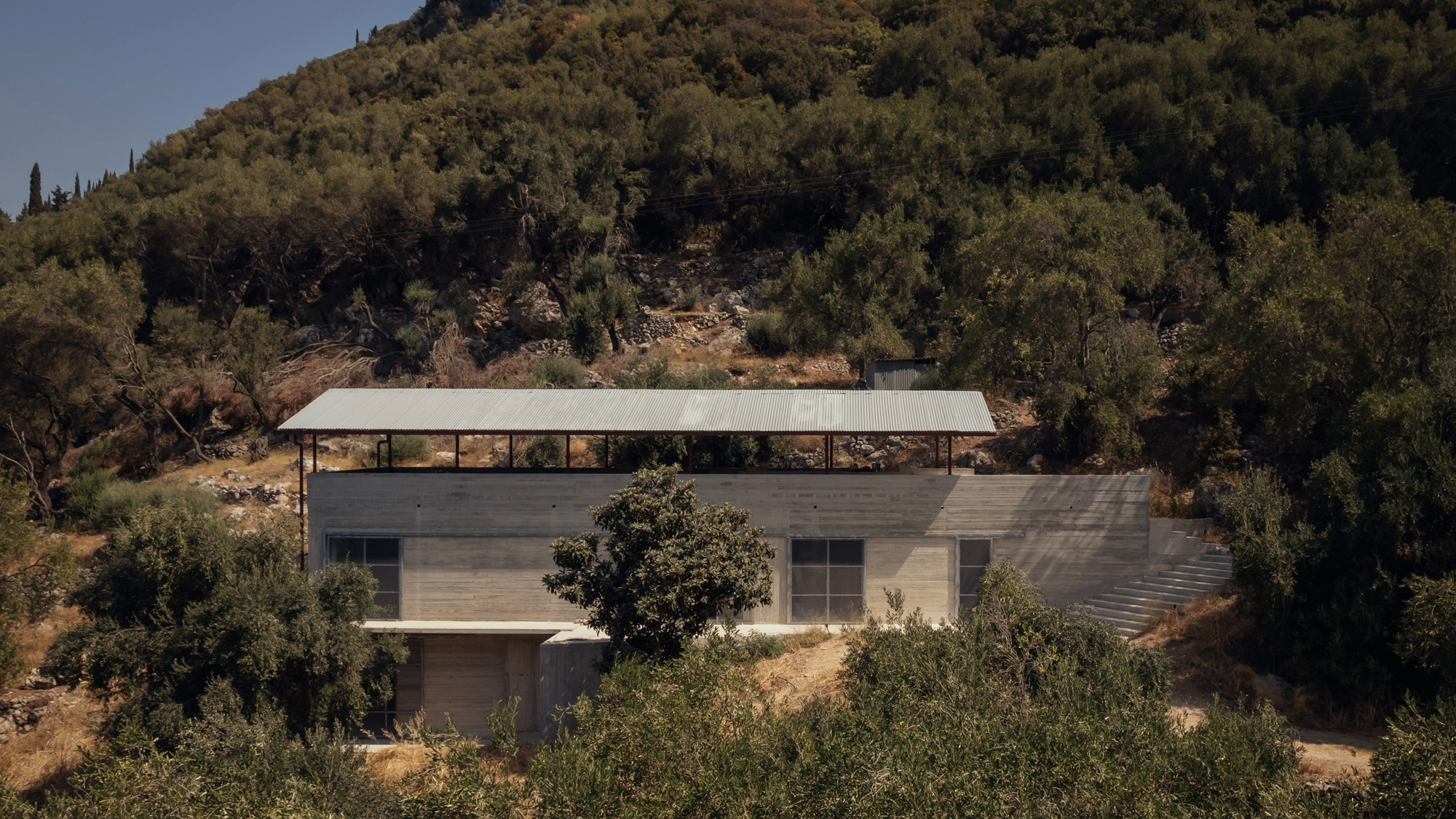 A breezy Greek island retreat lets the outdoors in
A breezy Greek island retreat lets the outdoors inOpen to the elements, an island retreat in Corfu by Invisible Studio was designed to suit the local climate, using metal mesh screens rather than windows
By Léa Teuscher
-
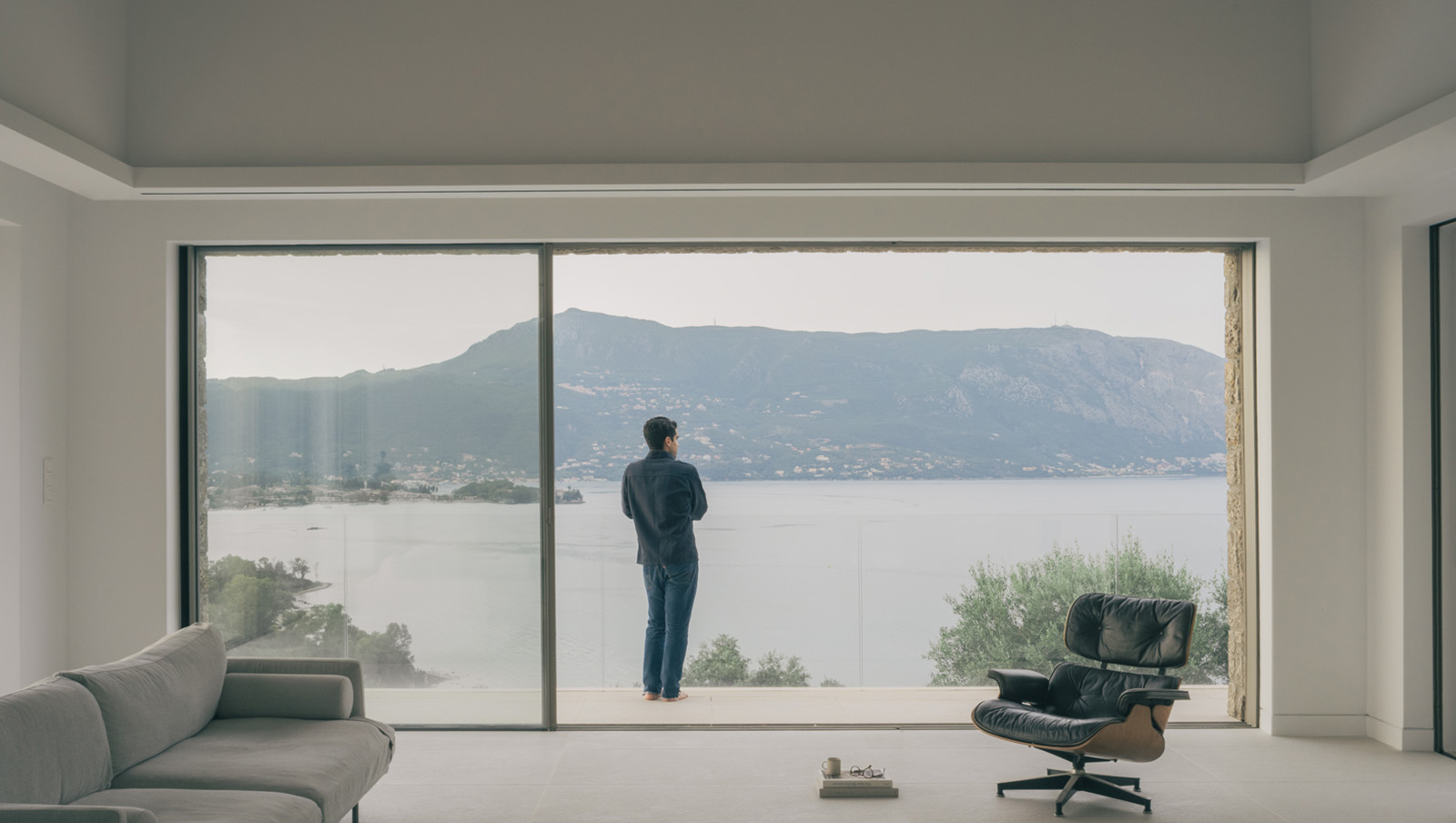 A Corfu house balances local vernacular and 21st-century minimalism
A Corfu house balances local vernacular and 21st-century minimalismCorfu House, a sensitive and minimalist holiday home, has been recently completed on the Greek island as a collaboration between architects Tony Wynbourne, Georgios Apostolopoulos and engineer Makis Gisdakis
By Ellie Stathaki
-
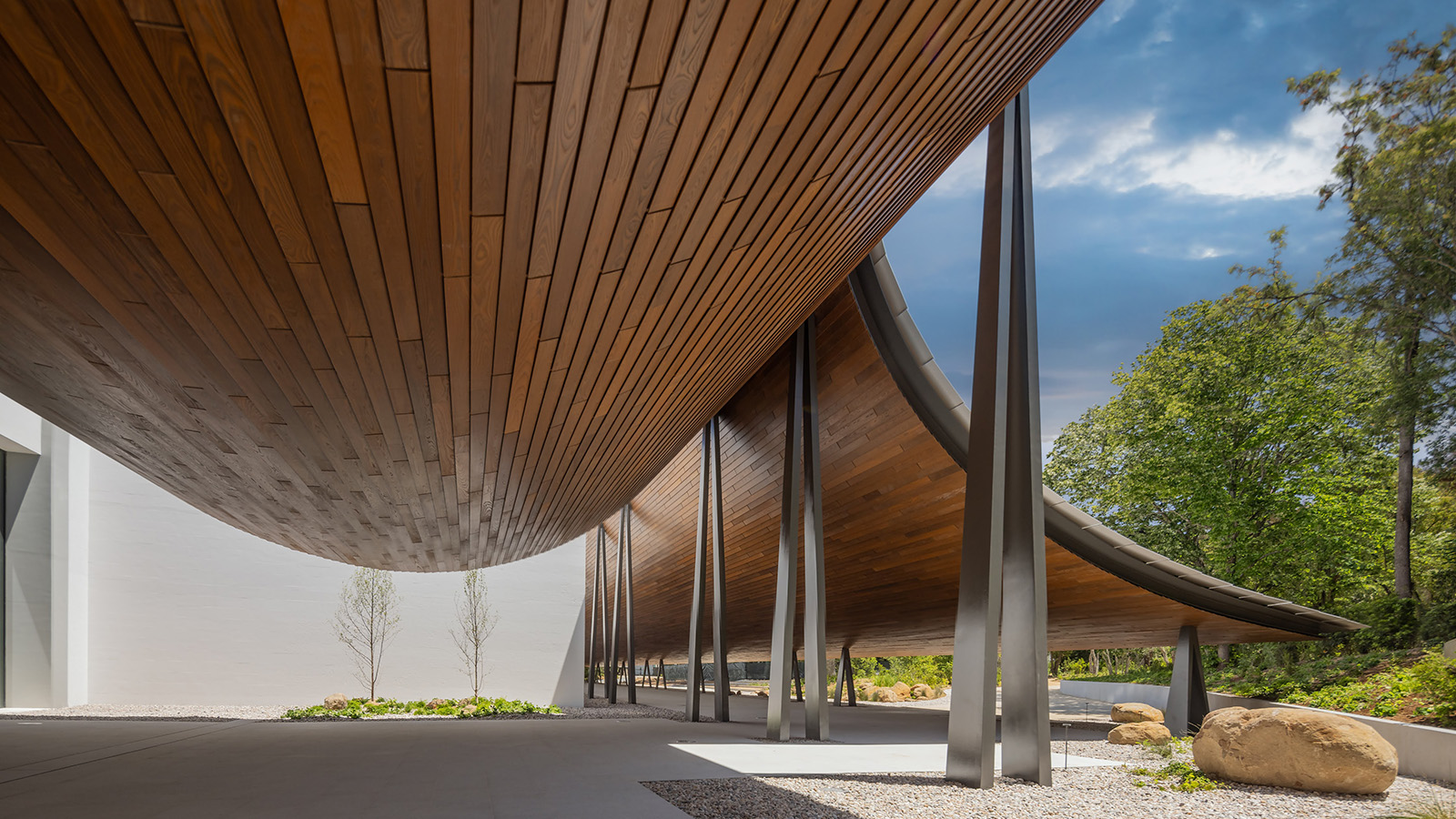 Gulbenkian Foundation's new art centre by Kengo Kuma is light and inviting
Gulbenkian Foundation's new art centre by Kengo Kuma is light and invitingLisbon's Gulbenkian Foundation reveals its redesign and new contemporary art museum, Centro de Arte Moderna (CAM), by Kengo Kuma with landscape architects VDLA
By Amah-Rose Mcknight Abrams